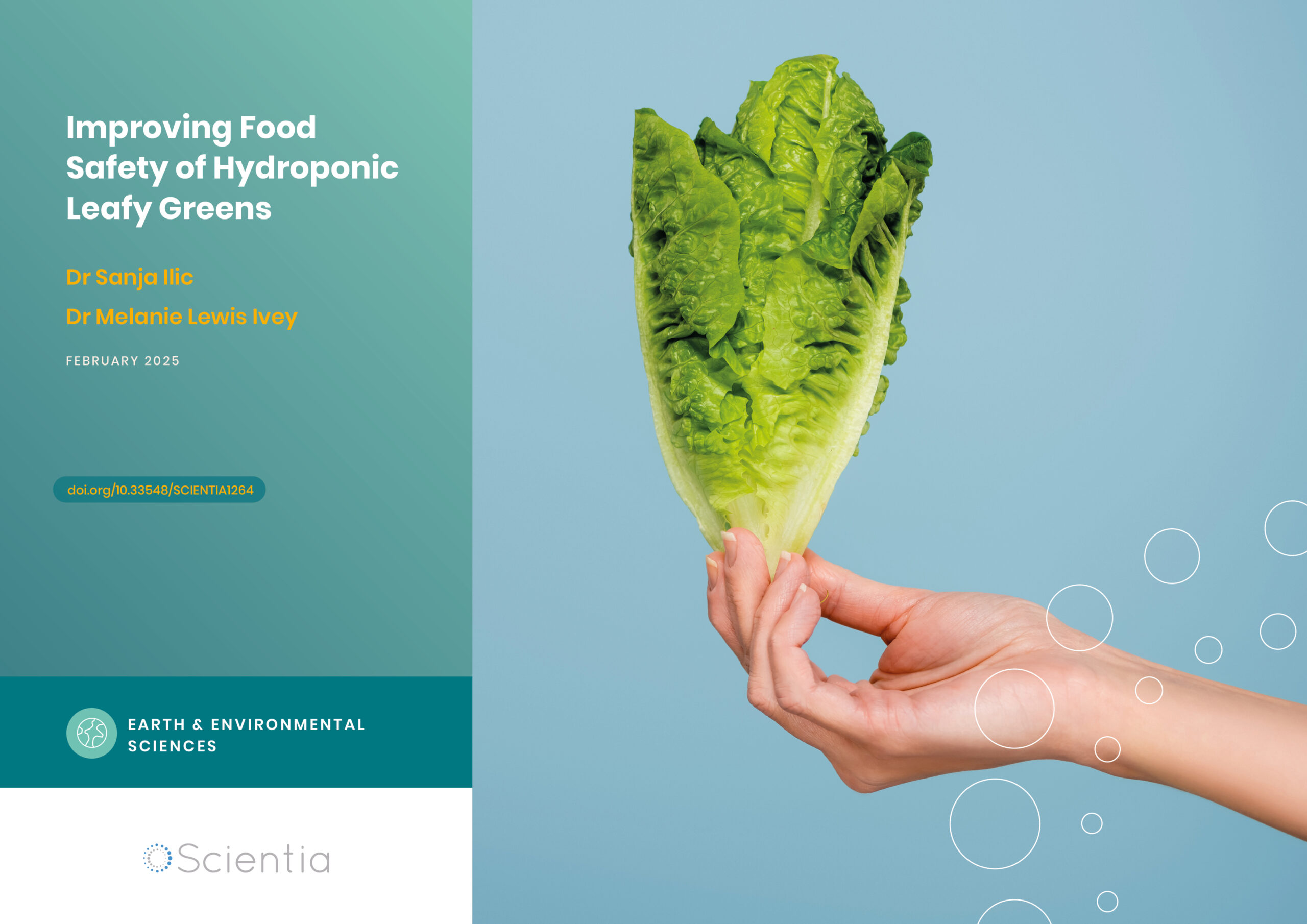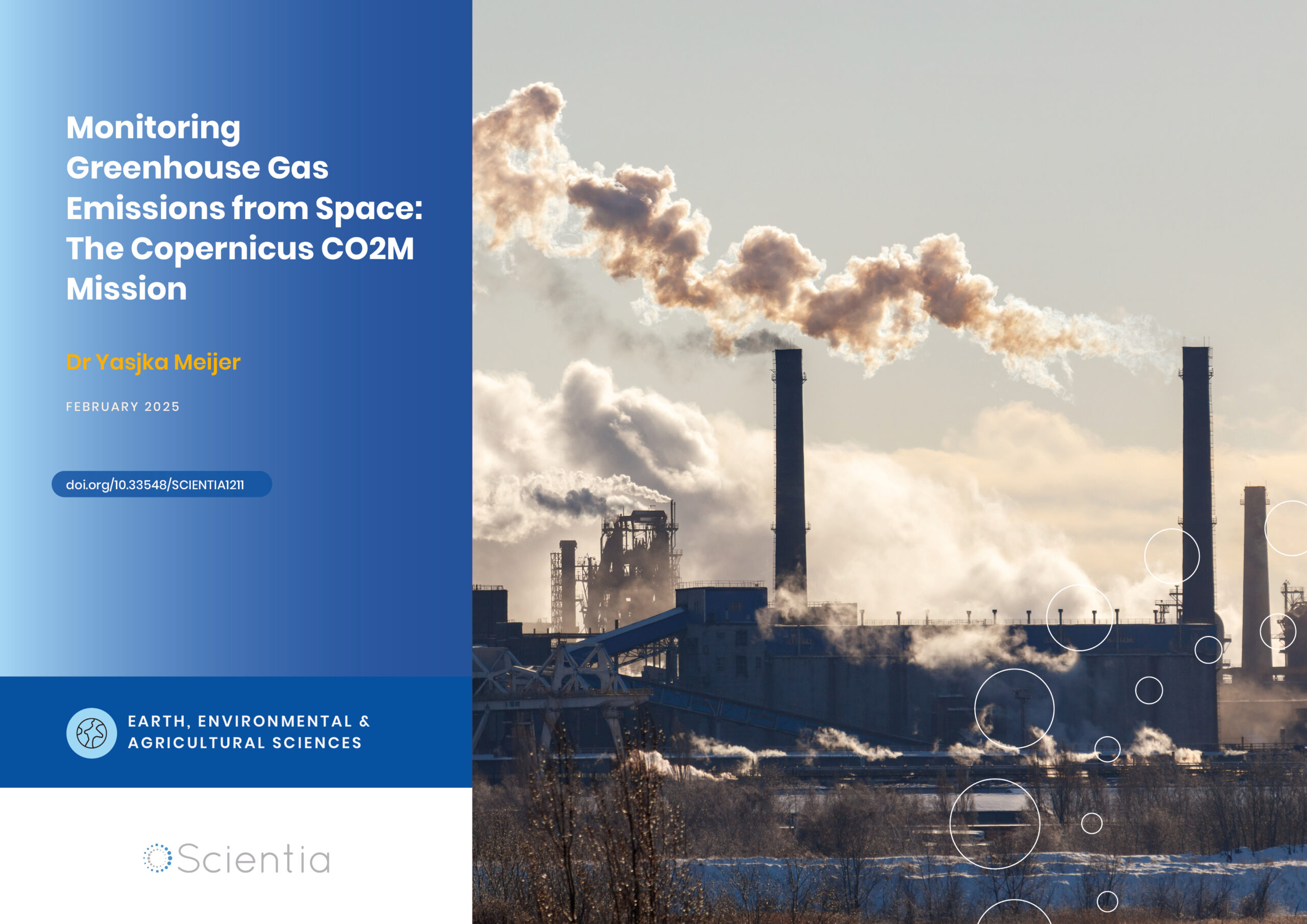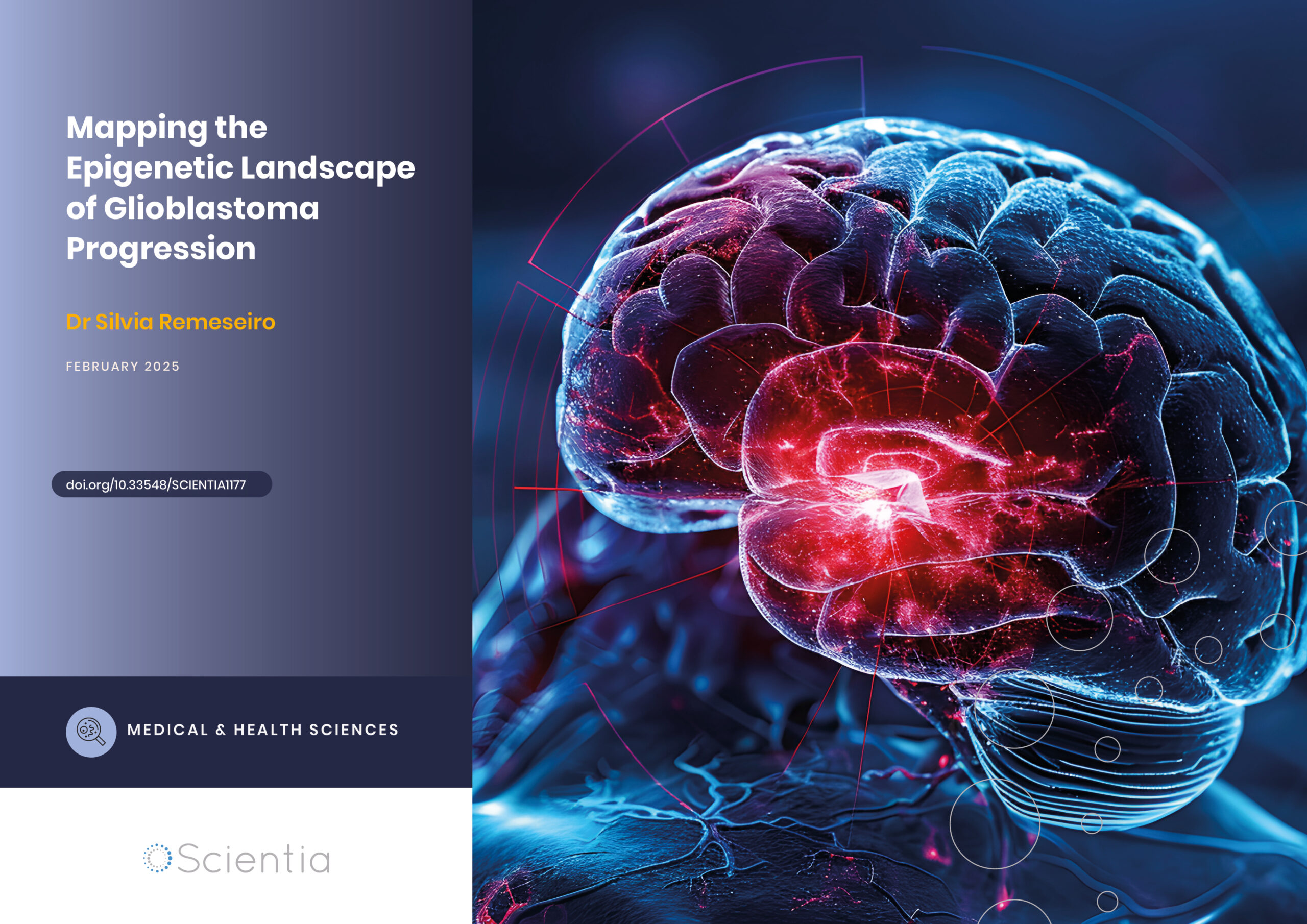Teaching Change: Bioculturally Grounded, Place-based Environmental Education in Hawaiʻi
With ongoing climate change, land use change, and changing disturbance regimes that negatively impact Earth’s ecosystems, it is critical that educators convey the importance of safeguarding the natural environment to younger generations to prepare them to face current and future environmental challenges. Teaching Change comprises a collection of innovative programs aimed at strengthening the relationship between youth and nature in Hawaiʻi while also inspiring Hawaii’s youth to become the next generation of natural resource scientists and managers. Teaching Change addresses this mission through immersive, place-based, outdoor Field Courses for local students, and Teacher Training Workshops for local teachers.
Understanding Environmental Challenges
Although we live in an era that places great emphasis on industrial and technological advances, enlightened stewardship of Earth’s natural resources is an enormous priority if we are to mitigate the environmental challenges affecting our planet. It is, thus, important to teach younger generations to value and safeguard the planet while also inspiring them and teaching them how to become environmental leaders.
With this in mind, educators and researchers at the University of Hawaiʻi at Mānoa, the USDA Forest Service and the Akaka Foundation for Tropical Forests have created a collection of innovative academic programs called Teaching Change. Led by Drs Creighton M. Litton, Christian P. Giardina and Ming Wei Koh, the program aims to strengthen students’ relationships with nature, broaden their knowledge of environmental issues and create opportunities for students to engage in career-connected learning.

Teaching Change
Teaching Change was initiated in 2012 with Field Courses based at the Hakalau Forest National Wildlife Refuge and the Puʻuwaʻawaʻa unit of the Hawaii Experimental Tropical Forest. Over the past seven years, Teaching Change has expanded to offer outdoor education opportunities throughout the Island of Hawaiʻi to students and teachers from across the state. Teaching Change offers students the opportunity to participate in day long and overnight Field Courses, as well as Teacher Training Workshops for local middle- and high-school teachers focused on how to develop and implement curricula that emphasizes outdoor, place-based learning.
‘Teaching Change began as an effort to provide outdoor, immersive, place-based educational opportunities on Hawaiian forest ecology and climate change science to local, underrepresented youth from Hawaiʻi Island,’ explains Dr Litton. These outdoor educational activities are designed to inspire a sense of environmental stewardship and broaden students’ knowledge about Hawaiian native forest ecosystems, the threats they face due to climate change and other forms of environmental degradation, and solutions that could help to manage these threats.
The programs led by Teaching Change staff seek to inspire at least some of the student participants to pursue careers in natural resource management in Hawaiʻi. This is achieved by introducing students to local careers in conservation and to college education pathways that prepare students for careers in environmental protection, conservation and natural resource management.
Immersive Learning Experiences
Teaching Change comprises several different Field Course programs, organised events and Teacher Training Workshops – all designed to provide transformative outdoor learning experiences to local youth and educators in Hawaiʻi. Over the past seven years, Teaching Change has offered a variety of opportunities to middle- and high-school students by taking them on Field Courses where they learn about native forest ecosystems and have first-hand experiences with the natural environment on their island home. During these courses, students learn about important STEM topics relating to natural resource management while being informed about career pathways in wildlife biology, conservation, forest ecology, and restoration ecology.
The programs offered by Teaching Change emphasize ‘phenology’ – the study of cyclic and seasonal natural phenomena – specifically focusing on climate and endemic forest plants and birds. For instance, overnight Field Courses expose students to the importance of greenhouses where threatened, rare and endangered native plants are propagated for the critical work of confronting habitat degradation through restoration of native biodiversity.
‘Over time, we have built strong relationships with land managers and scientists in places such as Hakalau Forest National Wildlife Refuge and the Puʻuwaʻawaʻa unit of the Hawaiʻi Experimental Tropical Forest, which allow us to take local youth on day and overnight Field Courses to study native forests using observations of phenology as a central organizing and learning mechanism,’ says Dr Litton.
Teaching Change Field Courses are intensive and the staff has a strong commitment to creating opportunities for active, place-based learning in premier montane wet and lowland dry native forest environments. The program provides these remarkable overnight learning experiences during 10-12 overnight Field Courses each year that serve ~200 students.
‘Teaching Change began as an effort to provide outdoor, immersive, place-based educational opportunities on Hawaiian forest ecology and climate change science to local, underrepresented youth from Hawaiʻi Island.’

Training Teachers
Because of very high demand for Field Courses and to reach a wider audience, Teaching Change began offering Teacher Training Workshops in 2015 that are designed to broaden local teachers’ knowledge of outdoor, place-based education. Participating teachers apply what they learn during these workshops to their classrooms, introduce new learning activities based in natural environments and align activities and curricula with next generation science standards while gaining professional development credits that support their career development. This program greatly expands the impact and reach of Teaching Change in Hawaiʻi schools, creating a ripple effect that reaches dozens of classrooms and hundreds of students every year.
The Teacher Training Workshops are offered to 20–30 teachers each year who are recruited from public schools throughout Hawaiʻi with a focus on teachers and schools serving underrepresented and underserved students. During these workshops teachers are trained how to teach core STEM concepts in natural settings in a way that meets next generation science standards. To accomplish this, Teaching Change focuses on teaching diverse concepts including phenology, climate change, invasive species, land-use change, forest ecology, and biocultural resource management.
Each Teacher Training Workshop operates over the course of a semester. First, teachers attend a three-day intensive learning session to experience the overnight Field Course that students in the program participate in. They then engage in collaborative learning opportunities focused on next generation science standards and developing new outdoor, place-based and immersive curricula and course content, which they then apply inside and outside of their classrooms. To support teachers in their efforts to create new, placed-based learning, participating educators meet regularly with Teaching Change staff at their schools. Teachers complete the program by meeting again at the end of the semester to share their curriculum experiences with other participating peers.
‘Local teachers, based on the lessons learned in these workshops, create outdoor curricula that make sense for their students and their place,’ Dr Litton adds. ‘The results have been truly impressive in terms of the curricula developed and implemented for local youth state-wide, and we never cease to be amazed with what these teachers develop and put into place for their students based on our workshops.’

Key Achievements
Since it was first established in 2012, Teaching Change has offered overnight, science-based Field Courses to over 1,100 middle- and high-school students in Hawaiʻi, day long Field Courses to over 450 elementary school students, and led four Teacher Training Workshops that have been attended by 75 teachers from schools across Hawaiʻi. To evaluate the program’s outcomes and accomplishments, the program leaders ask participants to complete surveys before and after they attend courses, workshops or events.
The feedback collected from these surveys has helped the researchers to identify the strengths and weaknesses of Teaching Change’s programs. In the future, Drs Litton, Giardina and Koh also plan to track the academic and professional development of students who have taken part in Teaching Change programs to, for instance, explore how many students the program has inspired to enter into educational pathways and careers in environmental protection, conservation or natural resource management.
‘The building of teams has been one of the most important achievements, as it has allowed Teaching Change to flourish since its inception in 2012,’ adds Dr Litton. ‘This includes the team of current principal investigators, the team of staff from the University of Hawaiʻi at Mānoa, the Institute of Pacific Islands Forestry and the Akaka Foundation for Tropical Forests, and the various land management agencies that we partner with who provide access to their sites, as well as the teams of teachers that organically become a support network during and after the Teacher Training Workshops.’
A further accomplishment of the program has been the recruitment of experienced teachers who have taken part in Teacher Training Workshops as peer-mentors for participating teachers, educational leaders who the program leaders refer to as Master Eco-Literacy Teachers (METs). Typically, 2–3 METs take part in each Teacher Training Workshop, supporting new teachers by showcasing examples of the curricula they developed in previous years while helping participating teachers design programs that they will apply to their schools and students. These experienced METs are an invaluable source of knowledge, support and inspiration for new teacher participants.
Inspiring Future Generations
As Earth continues to face daunting environmental challenges, initiatives such as Teaching Change will become increasingly important as a source of inspiration for the next generation of conservationists and managers. Teaching Change strengthens local students’ appreciation of nature, while also inspiring teachers to introduce more outdoor and nature-based learning activities.
In the future, Teaching Change can serve as a model for other institutions and universities seeking to introduce programs aimed at bringing middle- and high-school students outside of the classroom and into natural settings. Such initiatives not only strengthen students’ scientific understanding of climate change and environmental science by learning how to carefully observe the world around them, but also help students gain a deeper appreciation of nature and become inspired to take better care of our planet.
Reference
https://doi.org/10.33548/SCIENTIA424
Meet the researchers

Dr Creighton M. Litton
Department of Natural Resources & Environmental Management
University of Hawai‘i at Mānoa
Honolulu, HI
USA
Dr Creighton M. Litton is a Professor of Forest Ecology and Management and the Director of the Undergraduate Research Opportunities Program at the University of Hawai‘i at Mānoa. He holds a PhD in Botany from the University of Wyoming, an MS in Forest Resources from North Carolina State University, and a BA in Environmental Studies from Emory and Henry College. He conducted postdoctoral research in ecosystem science at both California State University Fullerton and Oregon State University. Dr Litton teaches undergraduate and graduate coursework and conducts research in ecology, conservation biology, and natural resource management in Hawaiʻi.

Dr Christian Paul Giardina
Institute of Pacific Islands Forestry
Hilo, HI
USA
Dr Christian Paul Giardina is a research ecologist with the US Forest Service at the Institute of Pacific Islands Forestry. He holds a PhD in Biological Sciences from the University of Denver, an MS in Forest Sciences from Colorado State University, an MA in Social Justice and Ethics Studies from Iliff School of Theology, and a BS in Zoology from Duke University. Over the course of his career, Dr Giardina has led research on climate change and restoration in tropical forests, with ongoing work in Asia, Latin America, Hawaiʻi and the US Affiliated Pacific Islands. Before joining the Institute of Pacific Islands Forestry, he was a research ecologist at the Northern Research Station in Houghton.

Dr Ming Wei Koh
Center for Getting Things Started
Hilo, HI
USA
Dr Ming Wei Koh is an ecoliteracy educator. She holds a PhD in Sustainability and Agriculture Education from Prescott College, an MA in Instruction and Curriculum from the University of Detroit Mercy, and a BA in Biology and Music from Berea College. During the time she worked with Teaching Change, Dr Koh was affiliated with Pacific Resources for Education and Learning. She trains teachers in the Pacific region as well as conducting research in geo-literacy and eco-literacy education.

Rebekah Dickens
Ohara Akaka Foundation for Tropical Forests
Hilo, HI
USA
Rebekah Dickens Ohara is the Director of Programs for the Akaka Foundation for Tropical Forests. She is currently a PhD student in the Forestry and Natural Resources Department at Purdue University. She received her BA in Anthropology in 2009 and MA in Social Science in 2013 from Humboldt State University. She served as a Teacher’s Assistant and Field Guide for Humboldt State University’s Primate Field School at the Organization for Tropical Studies in Costa Rica for two semesters. She relocated to Hawai‘i in 2013 with Teach for America and taught elementary school for two years after receiving her Teaching License from Chaminade University.

Blaire J. Langston
Department of Natural Resources & Environmental Management
University of Hawai‘i at Mānoa
Honolulu, HI
USA
Blaire J. Langston is the Program Coordinator for the Teaching Change Program. She received her MS in Natural Resources & Environmental Management from the University of Hawaiʻi at Mānoa in 2018, and an undergraduate degree in Marine Biology at Stockton University, New Jersey. She spent her early professional years working in stormwater management and watershed science for the Musconetcong Watershed Association and the New Jersey Department of Environmental Protection. One of her most memorable experiences in conservation was serving as an AmeriCorps member and traveling to Utah to remove invasive species by chainsaw in the backcountry.
CONTACT
E: Teaching.Change.Hawaii@gmail.com
W: https://www.teaching-change.org/
FUNDING
USDA-NIFA College of Tropical Agriculture and Human Resources, University of Hawaiʻi at Mānoa
Hawaii P-20: College Access Challenge Grant (CACG)
Hawaii P-20: Gaining Early Awareness and Readiness for
Undergraduate Programs (GEAR UP)
United States Department of Agriculture Forest Service
Hawaiʻi Community Foundation
KEY COLLABORATORS
Steve Kendall, Hakalau Forest National Wildlife Refuge
Kainana Francisco, Institute of Pacific Islands Forestry
Elliott Parsons, State of Hawaiʻi Division of Forestry & Wildlife




Creative Commons Licence
(CC BY 4.0)
This work is licensed under a Creative Commons Attribution 4.0 International License. 
What does this mean?
Share: You can copy and redistribute the material in any medium or format
Adapt: You can change, and build upon the material for any purpose, even commercially.
Credit: You must give appropriate credit, provide a link to the license, and indicate if changes were made.
More articles you may like
Improving Food Safety of Hydroponic Leafy Greens
Hydroponic farming is experiencing rapid growth worldwide, offering a sustainable and efficient method of producing fresh, nutrient-rich crops. However, the unique conditions of hydroponic systems also present complex food safety challenges. Dr Sanja Ilic and Dr Melanie Lewis Ivey, researchers at The Ohio State University, are at the forefront of efforts to understand and mitigate the risks of human pathogen contamination in commercial hydroponic production. Their pioneering work is providing crucial insights and practical guidance to help ensure the safety and nutritional value of hydroponically grown leafy greens.
Dr Paul Robertson | Artificial Intelligence in the Cockpit: New Systems Could Help Prevent Aviation Accidents
Despite significant advances in aviation safety over recent decades, accidents still occur that could potentially be prevented with better warning systems. Dr Paul Robertson of Dynamic Object Language Labs, Inc. (DOLL) is leading groundbreaking research into how artificial intelligence could help pilots avoid dangerous situations. His team’s work reveals promising developments and important cautions about implementing AI in aircraft cockpits, with implications for the future of aviation safety.
Dr Yasjka Meijer | Monitoring Greenhouse Gas Emissions from Space: The Copernicus CO2M Mission
Atmospheric concentrations of carbon dioxide (CO2) and methane (CH4) have been steadily rising due to human activities, contributing to global climate change. Dr Yasjka Meijer from the European Space Agency is responsible for the objectives and requirements of the Copernicus Anthropogenic Carbon Dioxide Monitoring (CO2M) mission – a constellation of satellites that will enable the monitoring of anthropogenic greenhouse gas emissions from space with unprecedented accuracy and detail. This groundbreaking mission aims to support international efforts to reduce emissions and combat climate change.
Dr Silvia Remeseiro | Mapping the Epigenetic Landscape of Glioblastoma Progression
Glioblastoma, the most aggressive form of brain cancer, continues to challenge medical professionals with its poor survival rates. Recent groundbreaking research by Dr Silvia Remeseiro and her colleagues at Umeå University in Sweden has shed light on the complex epigenetic and chromatin-related mechanisms underlying the communication between neurons and glioma cells. This research opens new avenues for understanding and potentially treating this formidable disease.




